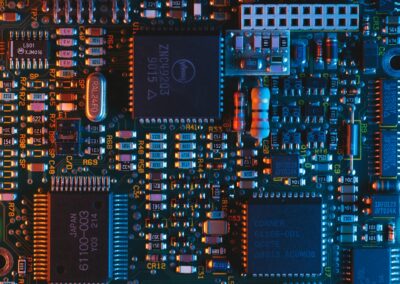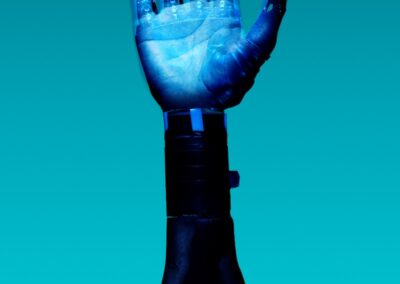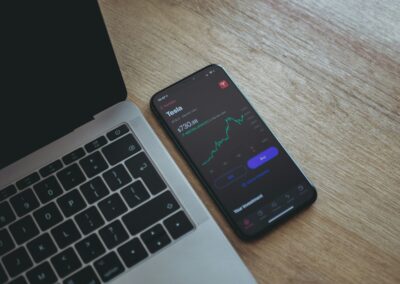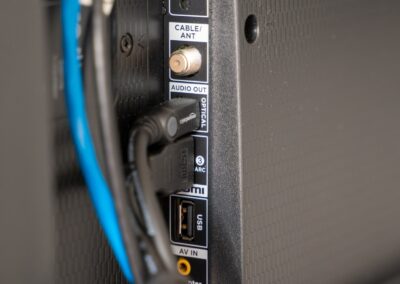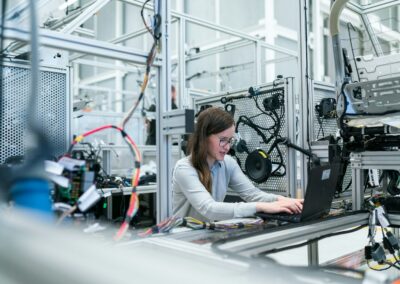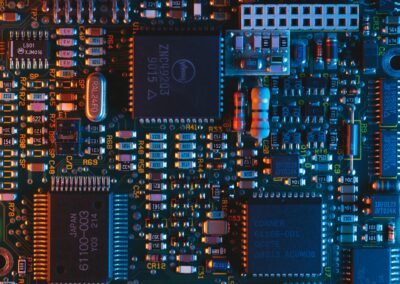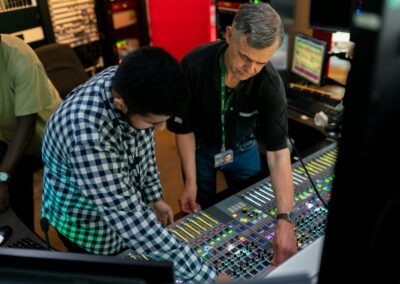Challenges and Solutions for Modernizing Energy Systems
Understanding the Benefits and Challenges of Digital Twin Technology
Integrating digital twin technology into existing energy management systems represents a significant advancement in modern technology. Digital twins create virtual replicas of physical assets, enabling real-time monitoring, simulation, and optimization. For countries like Saudi Arabia and the UAE, known for their rapid technological adoption and ambitious energy projects, the implementation of digital twins can revolutionize energy management. However, this integration is not without its challenges.
One primary challenge is the complexity of existing energy systems. Many energy infrastructures are built on legacy systems that may not be compatible with the advanced functionalities of digital twins. Upgrading these systems to accommodate digital twins involves significant investment in both time and resources. Additionally, the integration process requires a comprehensive understanding of both the existing infrastructure and the new technology, necessitating skilled personnel and extensive training programs.
Moreover, data management poses another critical challenge. Digital twins rely on vast amounts of data to create accurate and functional models. Ensuring data accuracy, consistency, and security is paramount, especially in regions like Riyadh and Dubai, where energy management is crucial for economic stability and growth. Data integration from various sources, including IoT devices and traditional energy management systems, requires robust data governance frameworks and advanced analytical tools.
Solutions for Effective Integration of Digital Twins
Despite these challenges, there are several solutions to effectively integrate digital twin technology into existing energy management systems. One solution is to adopt a phased implementation approach. This involves gradually integrating digital twins into specific components of the energy system, allowing for testing, optimization, and scaling up. By starting with smaller, manageable projects, energy managers can gain insights and address potential issues before full-scale deployment.
Collaboration with technology providers and industry experts is another essential strategy. Leveraging the expertise of companies specializing in digital twin technology can provide valuable guidance and support. These partnerships can facilitate knowledge transfer, ensuring that local teams are well-equipped to manage and maintain the new systems. Additionally, collaboration with academic institutions and research centers in Saudi Arabia and the UAE can foster innovation and continuous improvement in digital twin applications.
Furthermore, investing in advanced data analytics and AI capabilities is crucial for maximizing the benefits of digital twins. AI-driven analytics can process and interpret the vast amounts of data generated by digital twins, providing actionable insights for energy optimization. For instance, predictive maintenance enabled by AI can identify potential equipment failures before they occur, reducing downtime and maintenance costs. In Dubai, where energy efficiency is a top priority, such capabilities can significantly enhance the performance and reliability of energy systems.
The Role of Government and Policy in Supporting Integration
Government support and regulatory frameworks play a pivotal role in facilitating the integration of digital twin technology into energy management systems. In countries like Saudi Arabia and the UAE, where government-led initiatives drive technological advancement, supportive policies can accelerate the adoption of digital twins. These policies may include incentives for technology adoption, funding for research and development, and regulations that promote data sharing and interoperability.
For instance, Saudi Arabia’s Vision 2030 and the UAE’s Smart Dubai initiative highlight the importance of digital transformation in achieving sustainable development goals. These initiatives provide a conducive environment for integrating digital twin technology into various sectors, including energy management. By aligning digital twin projects with national development plans, governments can ensure that these technologies contribute to broader economic and environmental objectives.
Additionally, public-private partnerships (PPPs) can enhance the implementation of digital twins in energy management. PPPs leverage the strengths of both sectors, combining public sector oversight and resources with private sector innovation and expertise. In Riyadh, such partnerships can facilitate the deployment of digital twins in critical energy infrastructure projects, ensuring efficient and sustainable energy management.
Conclusion: Embracing the Future of Energy Management
The integration of digital twin technology into existing energy management systems offers immense potential for improving efficiency, reliability, and sustainability. For business executives, mid-level managers, and entrepreneurs in the energy sector, understanding and addressing the challenges of this integration is crucial for leveraging the full benefits of digital twins.
In regions like Saudi Arabia and the UAE, where energy management is a cornerstone of economic development, digital twins provide a powerful tool for optimizing energy systems. By adopting a phased implementation approach, collaborating with technology providers, investing in advanced analytics, and securing government support, the challenges of integrating digital twins can be effectively managed.
As the energy landscape continues to evolve, embracing digital twin technology will be essential for achieving long-term success and sustainability. By harnessing the power of digital twins, energy managers can enhance decision-making, improve operational efficiency, and contribute to the broader goals of economic growth and environmental stewardship.
—
#DigitalTwinTechnology #EnergyManagementSystems #SaudiArabia #UAE #Riyadh #Dubai #ArtificialIntelligence #Blockchain #ModernTechnology #BusinessSuccess #LeadershipSkills #ProjectManagement



